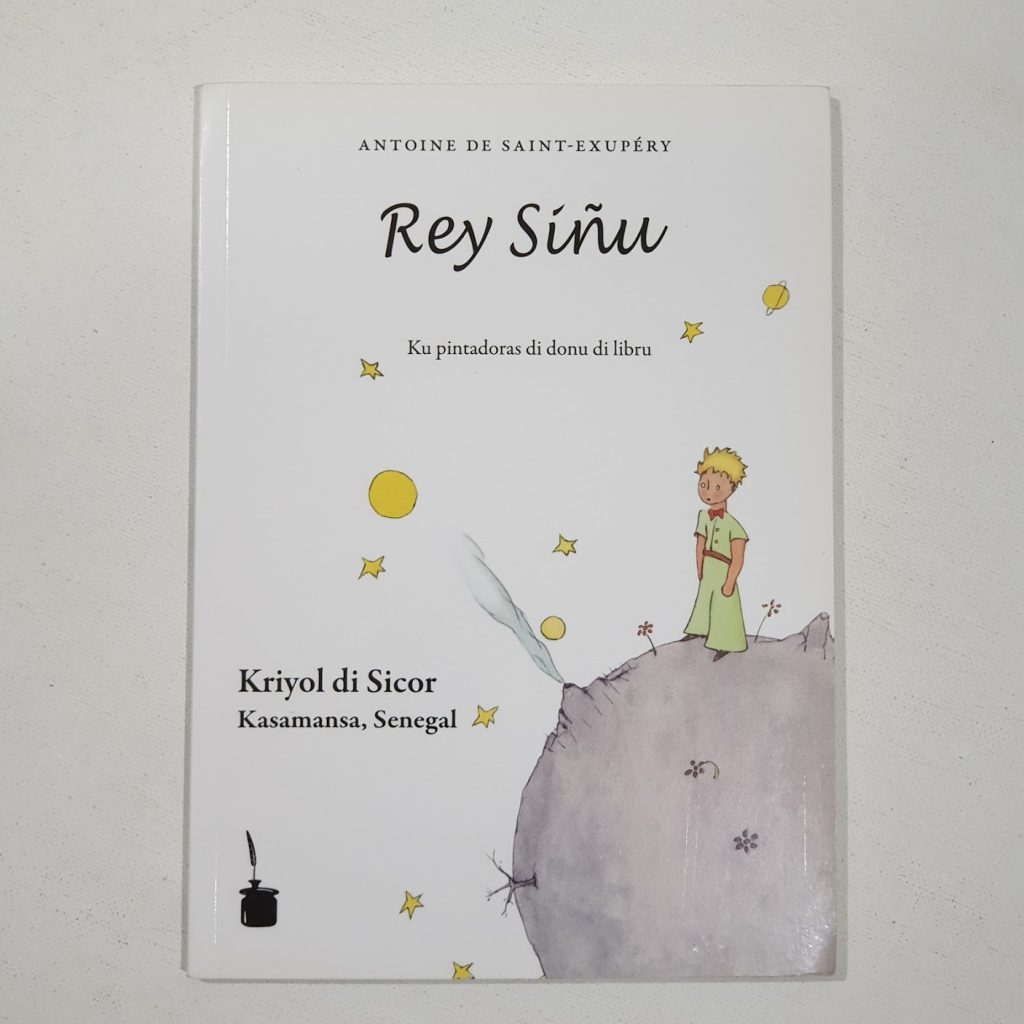
Rey Siñu — in a variant of Upper Guinea Creole known as Ziguinchor Creole (Kriyol di Sicor).
Ziguinchor Creole, is a creole language spoken in the Casamance region of Senegal, particularly in and around the city of Ziguinchor. It is a creole language that evolved from contact between Portuguese explorers, traders, and settlers, and the local people during the colonial period.
During the 15th and 16th centuries, Portuguese explorers and traders arrived in the coastal regions of West Africa, including what is now Senegal. The Portuguese established trade networks and settlements along the coast. Through interactions with the local communities, a contact language known as Ziguinchor Creole emerged. It developed as a means of communication between the Portuguese and the local people, who spoke various West African languages.
Over time, Ziguinchor Creole evolved and became the lingua franca in the region, serving as a means of communication between different ethnic groups and communities with diverse linguistic backgrounds. Ziguinchor Creole is an essential part of the cultural identity of the people in the Casamance region. It is used in everyday communication, in homes, markets, and informal settings, contributing to the sense of community and shared identity. While Ziguinchor Creole is primarily an oral language, efforts have been made to promote its use in literature and cultural expressions, such as songs and storytelling.
The Portuguese also played a significant role in the transatlantic slave trade, and as a result, the creole language was further influenced by the African languages spoken by enslaved people who were transported to the New World.


